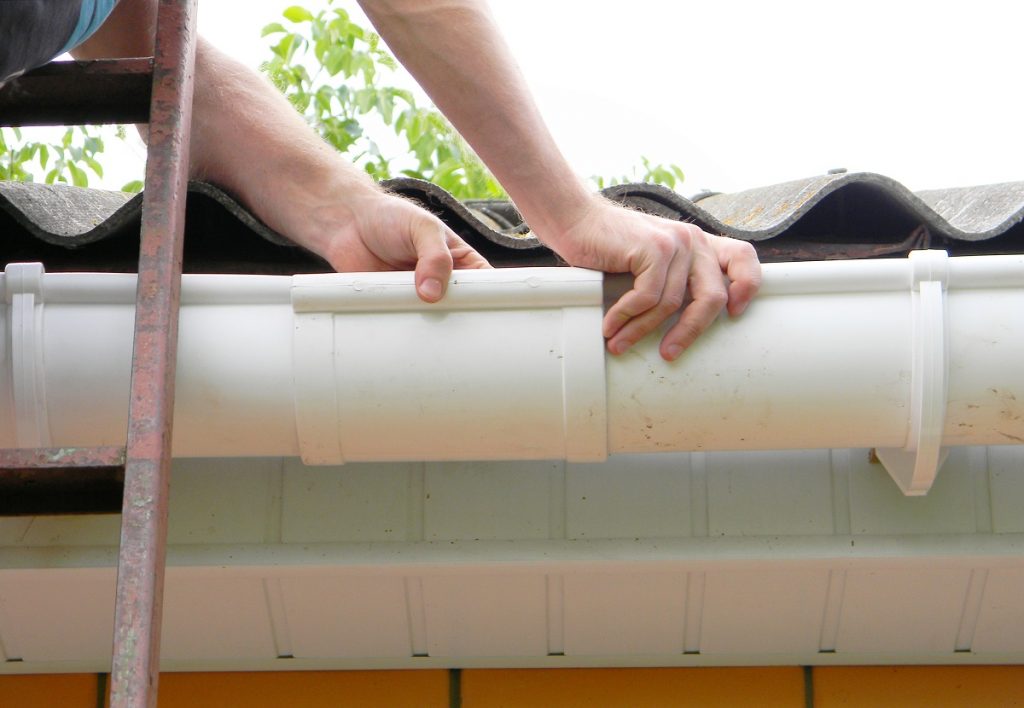The installation of gutters on your property is not just a simple option for complying with local regulations that demand them. They are also an essential element for the protection of walls, roofs, and foundations from damage caused by rainwater and melting snow. You thus should be more intent on making the right choices for your gutters. One aspect most people will center on is the material used for the gutters. It, after all, affects the gutter’s longevity and look.
Others will go the extra step and get leaf screens installed by a metal roof specialist to keep debris out of the gutters. This minimizes their maintenance needs and keeps water flowing through the gutters as it should. Even so, these two choices are not the only ones that should guide your decisions. The installation of your gutters is quite crucial since it will determine their performance. While most people assume that anyone can install a gutter with a few tools, this is far from the case. In a professional installation, here are the things a contractor will consider for the optimal performance of your gutters.
Slope Calculation
Gutters might look parallel to your property’s roof, but they are somewhat inclined to boost water flow to the downspouts. While each guttering project will have specific dimensions on the slope that works best for your roof, contractors follow a general guideline. This is that the gutters should have an approximate slope of 0.25 inches for every ten feet. This way, the pitch of your gutters is not too sharp such that it affects your façade’s look or too moderate to minimize the flow of water into the downspouts. In gutters that are more than 40 feet, downspouts should be installed along their mid-points.
Gutter Placement

Most property owners assume that gutters are placed right on their rooflines. This is not so since rainwater might pull back, then drip under your roof. Gutters hung too high, on the other hand, cause the seepage of water under the fascia. To avert both issues, contractors will often place gutters at a few inches below your roofline.
Hanger Spacing
Your climatic conditions will determine the ideal spacing of the gutter’s hangers. In warm places with sporadic rainfall, hangers are installed close to the mid-point of your gutter with spaces of 36 inches at most. In rainy climates, the gutters will be exposed to considerable amounts of water. As such, the hanger spacing should be no more than 18 inches apart.
Flashing Installation
Having a slide flashing under your roofing shingles and over your gutters’ back edges is essential. This will prevent water from getting behind your gutters and causing their deterioration. If the flashing used will be too short of reaching your gutter’s back edge, an extra metal sheet flashing can be added over the gutters.
Gutters are exposed to a considerable amount of environmental debris and adverse weather elements. It makes their proper placement all the more important to hold up well to these elements. Either way, the above factors will be customized to your roof and environmental conditions so that the gutters work best.

